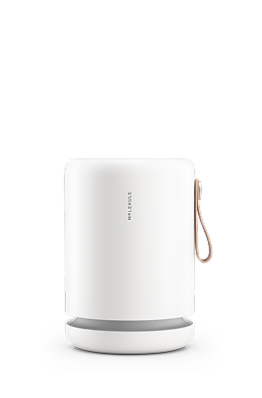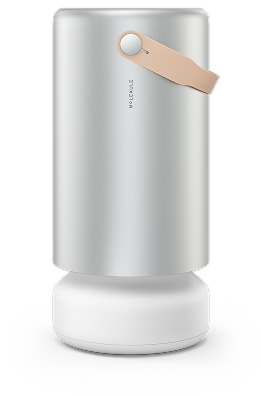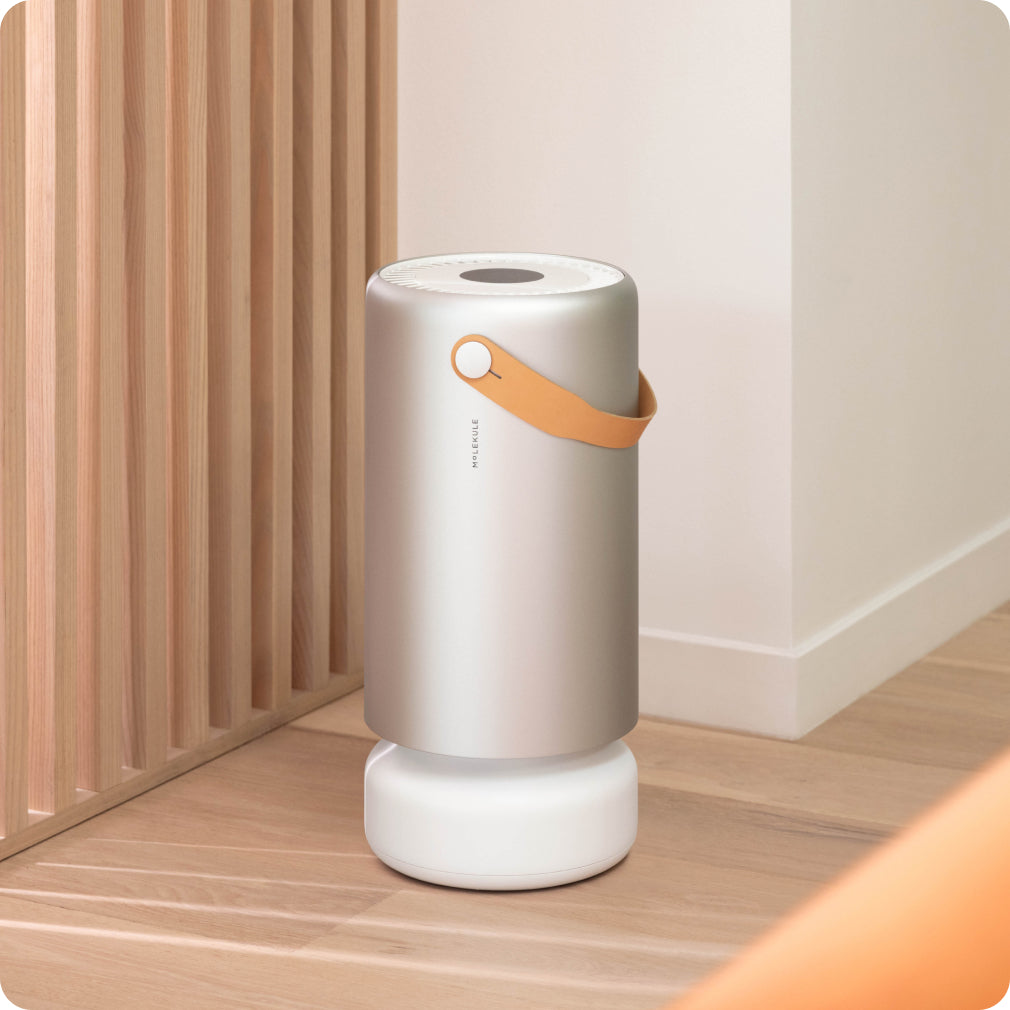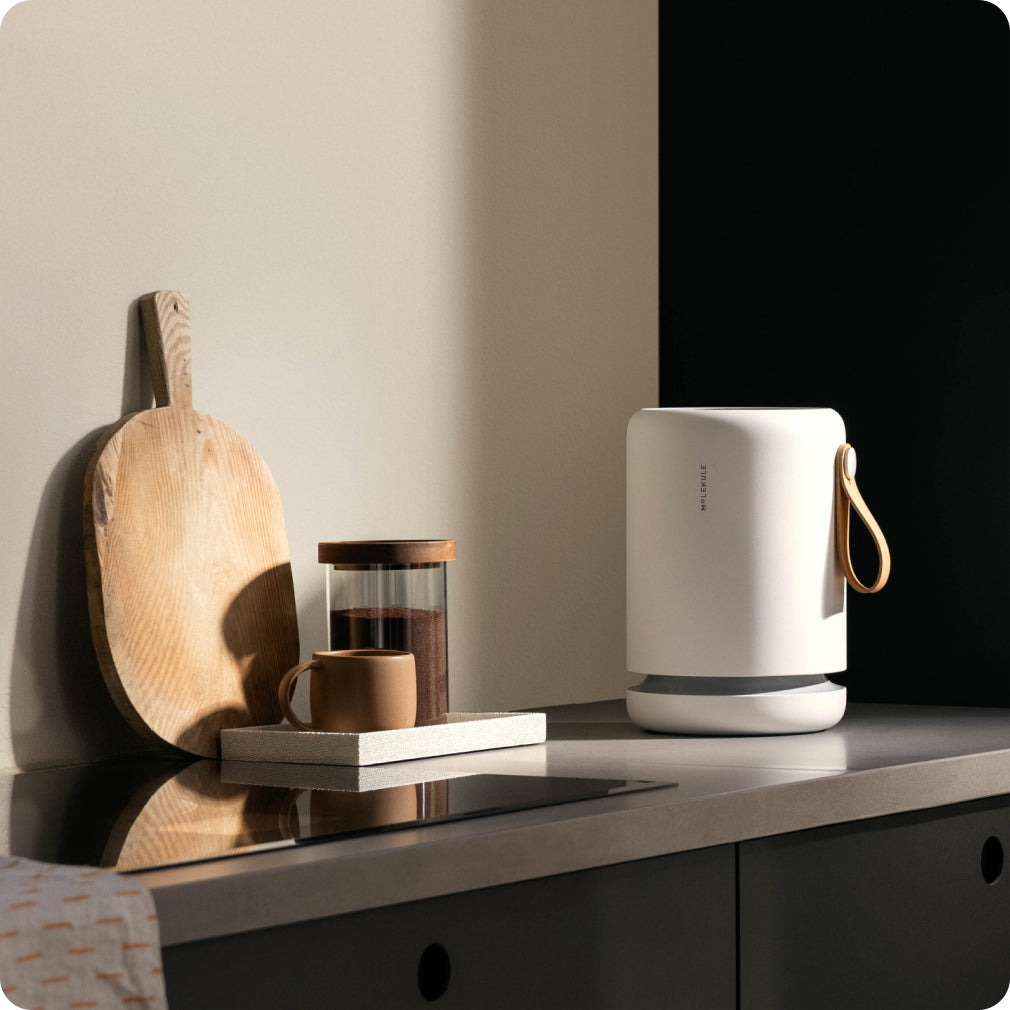If you’re like most people, you spend a lot of time at home. From cooking to sleeping to relaxing, your home is likely where you feel the most comfortable. But if you or a family member has asthma, the allergens lurking in each room of your home could be triggering asthma attacks, making even the comfort of your home a health risk.
Each room in your house, from the bathroom to the basement, has the potential to host a variety of asthma triggers. The good news is that you don’t have to just deal with it. By identifying the location of potential asthma triggers, you can take action to eliminate triggers and minimize exposure, making your home healthier and allowing your lungs to breathe a little easier.
What causes asthma triggers in your home?
Not all asthma triggers affect every person in the same way. Those that affect you largely depend on your age and personal allergies. If you’re allergic to pet dander, your triggers may be different from someone who can tolerate pet dander but suffers from seasonal allergies. Triggers also come in many different forms. To make them easier to identify, we’ve grouped potential asthma triggers by room — in order of which are likely the most frequently used. This way, you’ll be able to effectively tackle each room according to yours and your families needs.
Common Asthma Triggers in Your Bedroom

If you get asthma attacks or have allergic reactions at home, the asthma triggers in your bedroom are likely to blame. It’s important to know that different types of rooms may have different triggers — a children’s nursery may have a higher exposure to dust mites due to stuffed animals and bedding, while an adult’s bedroom may be prone to collecting pet dander (especially if pets are allowed to sleep on the bed). Below are some of the most common asthma triggers that may be in your bedroom.
Dust Mites
The microscopic, insect-like pests called dust mites are one of the most common indoor triggers of allergic reactions and asthma attacks. They occur naturally and thrive best in humid environments. According to the American Lung Association, “roughly four out of five homes in the United States have detectable levels of dust mite allergen in at least one bed.” Dust mites are likely to be found on mattresses and pillows but can also collect on curtains, in the carpet, and on stuffed animals. Washing these things regularly and getting allergen-friendly covers for your pillows and mattress can help.
Mold and Mildew
Without proper cleaning, window sills and glass can collect mold and mildew. If your bedroom is humid, the chances of mold growing increases. Use the air conditioner to keep it cool and use a dehumidifier or in-room air filter.
Clutter
While knick knacks, decorations, and books may not seem like likely asthma triggers, they make it easier for dust to gather. Keeping your bedroom (and all other rooms of your house) clutter free can make it easier to control dust.
Pet Dander
If you let your pets sleep in your bedroom (even if they don’t sleep on your bed), you’re exposing yourself to pet dander. This dead skin makes the perfect breeding ground for dust mites and is also an asthma trigger in its own right.
Common Asthma Triggers in Your Living Room

Your living room is a gathering place for friends, family, and, yes, allergens. It’s a high-traffic area which makes it prime real estate for asthma triggers.
- Formaldehyde: Furniture, shelving, and carpets all contain varying levels of an irritant called formaldehyde. Even minimal exposure to this can be an asthma attack trigger.
- Pet dander: Your furry friends probably love the living room. Pet dander can get in the air and settle on furniture and into the carpets.
- Open fireplace: Wood brought in from outside can contain mold spores, a known allergen. The smoke from a wood fireplace can also cause asthma attacks.
- Dust mites: These microscopic pests make their appearance again in the living room. You can find them in upholstered furniture, curtains, and the carpet.
- House plants: Plants can be sources of mold and dampness, both possible triggers for asthma.
Common Asthma Triggers in Your Bathroom

Everyone uses the bathroom. Depending on your personal allergies, the asthma triggers found in the bathroom can be problematic.
Mold
The bathroom usually has a warm, wet environment — the perfect condition for mold growth. Since mold loves damp surfaces, it’s important to control the humidity of your bathroom and clean all possible surfaces — from the shower curtain to the grout in the titles — thoroughly and regularly. Water leaks can also encourage mold to grow behind walls and underneath the floor, so make sure to have all your pipes checked.
Cleaning Products or Air Fresheners
Though you certainly want to keep your bathroom clean to prevent the growth of mold and other bacteria, common cleaning products are known asthma triggers. Bleach, glass cleaner, laundry detergent, and even air fresheners, can be harmful to your lungs and have the potential to cause an asthma attack. Using natural cleaners and proper ventilation can go a long way in preventing the exacerbation of asthma.
Dust Mites
As mentioned above, dust mites are frequently found in humid environments and thus they are not only relegated to the bedroom mattresses or pillows. If you have hard-to-reach spots and corners in your bathroom that may accumulate dust, you may find more dust mites in these locations.
Personal Care Products
Depending on your (or a family member’s) personal triggers, the perfumes, deodorants, and hair products you use can contribute to asthma symptoms. It’s best to opt for natural products when possible, minimizing the exposure to personal care items that contain chemicals.
Common Asthma Triggers in Your Kitchen

Though you may not think much about potential asthma triggers in your kitchen, there are plenty. It’s important to keep the areas where you cook and eat clean, dry, and pest-free. Here is a list of asthma triggers you may find in your kitchen.
- Nitrogen dioxide: If you have a gas stove top, there are levels of nitrogen dioxide present in your kitchen and throughout your home. This can be especially problematic for children with asthma. If you can, switch to electric.
- Cleaners: Just as bathroom cleaners contain many different chemicals and can cause adverse reactions in asthma sufferers, so can kitchen cleaning products.
- Roaches and rodents: Droppings and body parts from roaches and rodents present many health issues. Keep crumbs swept and counters clean to avoid an infestation.
- Mold: There are many areas that invite mold in the kitchen. The garbage disposal, fridge (both inside and the drip tray found underneath), and the garbage can should be cleaned regularly.
- Insecticides: The chemicals found in insecticides or pesticides can trigger allergic reactions and increase asthma symptoms like wheezing and dry coughing. If you use them, be sure to only use where absolutely necessary and make sure the area is well-ventilated.
Common Asthma Triggers in Your Garage

Even if you don’t spend a lot of time in your garage, there may be triggers that can cause asthma attacks or adverse allergic reactions.
Paint, Glue, and Varnish
All of these products give off strong odors and vapors, increasing the risk of an asthma attack. They also contain chemicals which, if inhaled even in small doses, can cause breathing problems. Keep your garage well-ventilated when you’re in it and use proper equipment to protect yourself when handling any kind of paint, glue, or varnish.
Gasoline Fumes
Whether from a car parked inside the garage or gasoline-powered lawn equipment, gasoline fumes can be dangerous for respiratory health. One study found that attached garages were responsible for air pollution inside homes. If you or someone in your family has asthma, consider parking your car or lawn mower in an area that is detached from your home.
Pesticides and Insecticides
If you’re storing pesticides or insecticides in your garage, you might want to reconsider. Just like using them in your kitchen or other rooms of your home can be harmful to your respiratory health, so can storing them in your garage.
Common Asthma Triggers in Your Attic
Don’t go in the attic much? If you have asthma, that’s probably for the best. Even so, you’ll want to keep your attic as clean as possible — the allergens found up there can cause a lot of problems throughout the rest of your home.
- Dust: In a low-traffic area like an attic or loft, dust will collect far more quickly and in much larger quantities.
- Formaldehyde: This irritant is often found in furniture or other items stored in the attic.
- Rodents: Rodent droppings and body parts may be found in the attic, causing health concerns for asthma sufferers and healthy people, alike.
- Mold: Even the smallest roof leaks can cause mold to grow in your attic, so have it inspected regularly.
Common Asthma Triggers in Your Basement
Depending on what you use your basement for (storage or as a living space), there may be different asthma triggers present. The most common include:
- Mold: Typically, basements are dark and damp, causing mold to grow. Keeping your basement dry using a humidifier or indoor air purifier can help.
- Dust: Basements used for storage are prone to collecting dust. Furniture stored in this room can collect a lot of dust mites that aren’t easy to get rid of if the basement is humid.
- Chemicals: Due to the lack of ventilation in most basements, storing products with strong chemicals is not a good idea. Paints, cleaners, and other chemical-laden products can emit vapors that trigger asthma attacks.
Maintenance is Key
From top to bottom, your home is the host to many asthma triggers. Whether you or one of your family members suffers from asthma, it’s important to take precautions to eliminate or minimize exposure to these various triggers. Keeping your home clean with regular vacuuming and dusting, washing bedding once a week in hot water, and keeping your pets outside (or, at least, off of the furniture) can help make your home healthier.







